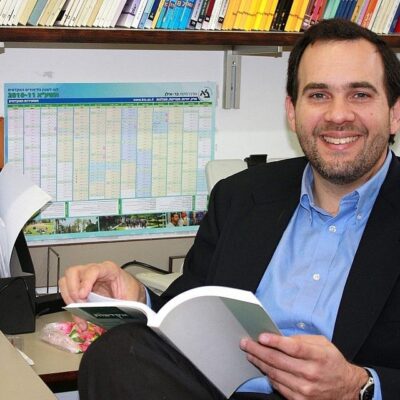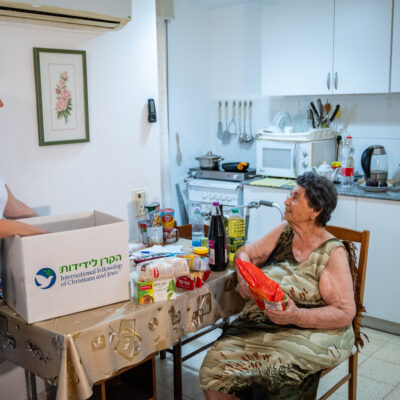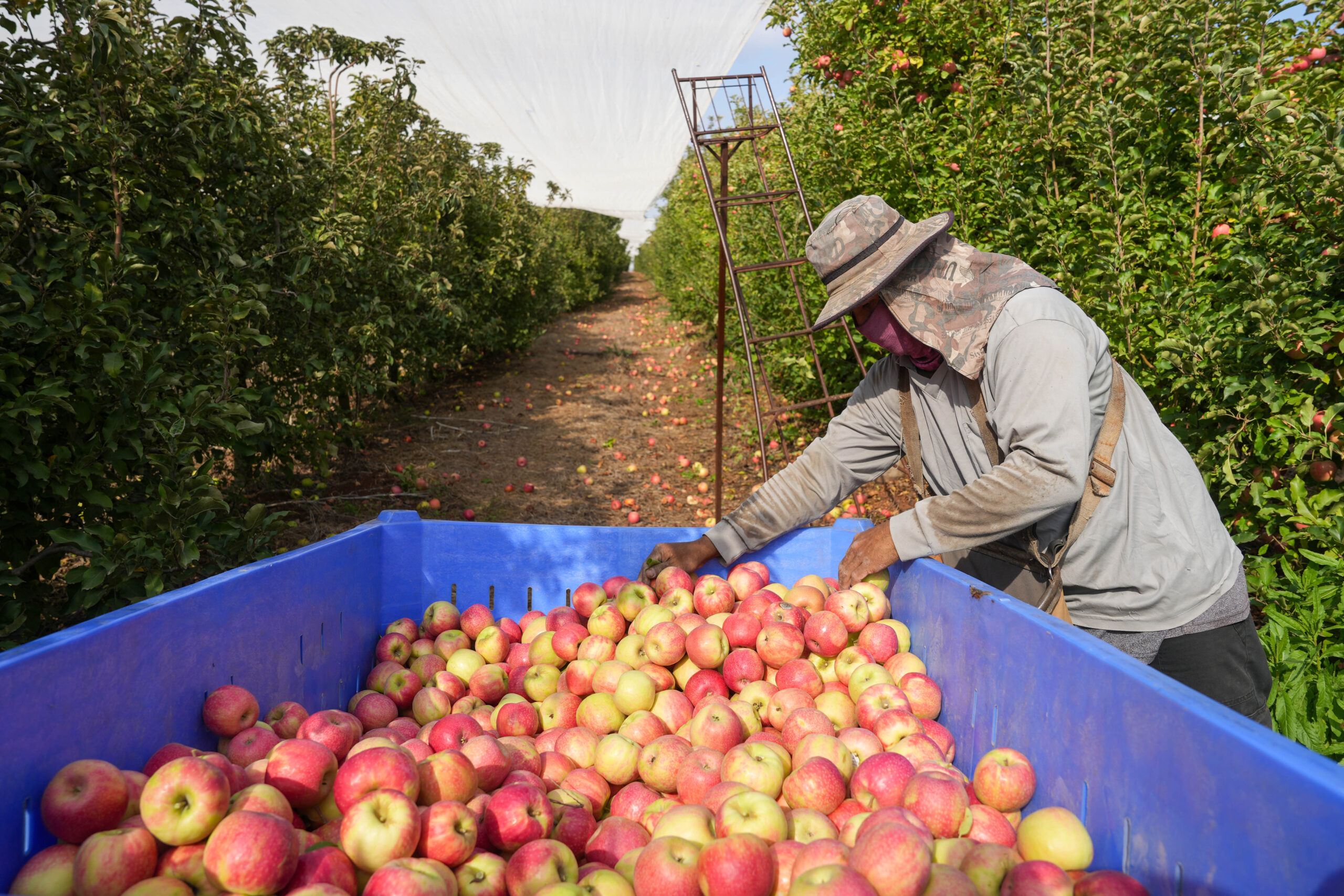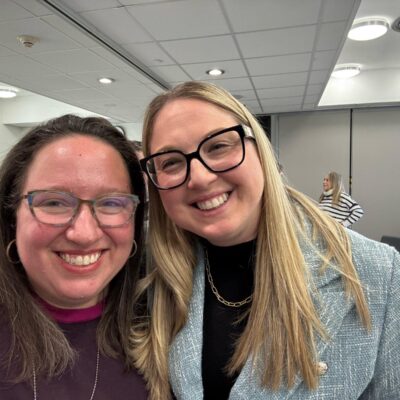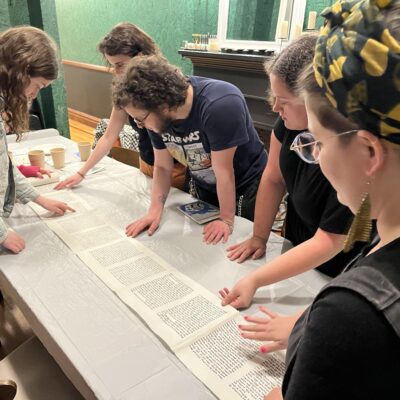Ten-Timers
 [The following essay appears as an introduction to Slingshot ’14-’15, the 10th edition of Slingshot: A Resource Guide to Jewish Innovation. The Guide, a go-to resource for volunteers, activists and donors looking for new opportunities and projects, help ensures the Jewish community remains relevant and thriving. We wanted to post this valuable essay separately, and hope you enjoy the insights from the innovative organizations below, which have been featured in all 10 editions of Slingshot.
[The following essay appears as an introduction to Slingshot ’14-’15, the 10th edition of Slingshot: A Resource Guide to Jewish Innovation. The Guide, a go-to resource for volunteers, activists and donors looking for new opportunities and projects, help ensures the Jewish community remains relevant and thriving. We wanted to post this valuable essay separately, and hope you enjoy the insights from the innovative organizations below, which have been featured in all 10 editions of Slingshot.
To learn more about the organizations featured in the guide, visit www.slingshotfund.org/directory.]
To celebrate the milestone of Slingshot’s tenth anniversary, we have taken the opportunity to learn from the experiences of those organizations that have been highlighted in Slingshot ten years in a row. We have asked the directors of these organizations about their perspectives on the evolution of the Jewish innovation space and what it has meant for their organizations’ growth. They have revealed what challenges and excites them, and we share their responses here in order to inspire other organizations that look to grow and remain relevant to today’s Jewish community.
Read on to see the lessons they have learned about the Jewish innovation space in the past decade, what advice they would share with others, and what they anticipate for the next ten years of Jewish innovation.
1. Innovation isn’t Just about Startups, It’s about Being Relevant
The work of all the amazing projects in the Jewish innovation space has done a great deal to dispel the myth that innovation can only happen at startups and new organizations. As Nigel Savage of Hazon puts it, “The innovation space ten years ago somehow thought it was separate from mainstream Jewish life. I don’t think that’s so today – either in reality or in perception. Those of us who are seeking to renew and strengthen Jewish life can be found in organizations founded ten minutes ago and a hundred years ago and everything in between.”
“Over the past ten years, a segment of the Jewish [community] has been working to reclaim the heart of Jewish life,” says Melissa Balaban of IKAR. “These organizations have been focused on catalyzing imaginative thinking in the Jewish community and experimenting with new models of communal encounter that are designed to speak to a dynamic and diverse community, particularly appealing to previously disaffected and disinterested Jews.”
The ten-timers stress that this type of innovation lies within everyone’s grasp: “I have learned that at its core, innovation is not some mysterious, holy grail to be found,” says Carrie Bornstein of Mayyim Hayyim. “Innovation is simply about paying attention to real needs, listening deeply to those with opinions, and bringing people together to make a change.” All Jewish organizations, startup and establishment alike, can create cultures of innovation that allow them to do more effective and impactful work.
Jodi Bromberg and Ed Case of InterfaithFamily add, “We’ve learned over the past ten years that there are basic ‘truths’ that apply as much in the innovation space as everywhere else – listen to your audience, respond to audience demand, take risks and learn from mistakes, partner to accomplish more.” As all Jewish communal organizations seek to become more nimble and innovative, these truths continue to guide organizations new and old.
2. Collaboration is Key
As more organizations join the innovation space, collaboration must trump competition to ensure continued success. Stosh Cotler of Bend the Arc emphasizes the importance of “the incredible interdependence that we share with one another. There is stronger recognition that we are so much better together – it’s why so many of us have very strong relationships and strong affinities with one another’s work.”
The future of the Jewish innovation space continues to flourish on a foundation of collaboration and partnerships. Jodi Bromberg and Ed Case predict, “What is next for the Jewish innovation space is [even] more collaboration, more partnerships, more opportunities for cross-organizational and trans-organizational programming and thinking.”
However, organizations must also remain true to their missions and cultures. This is particularly relevant today as “the Jewish innovation landscape is highly specialized, with organizations working to meet very specific needs,” says Carrie Bornstein. “Mayyim Hayyim’s expertise is very different from Footsteps’, which is very different from G-dcast. This means we can all focus on what we do best – and in the process, the Jewish community will be better off because of our individual success.”
3. Having the Right People Makes It All Possible
Having the right intention is not enough – organizations have learned that the people they surround themselves with can make or break an innovative dream. “People matter, and it’s vital to get great people on the bus, both as staff and lay leaders,” says Nigel Savage. Jodi Bromberg and Ed Case add, “You can do so much more with excellent, carefully hired staff.” The ten-timers recommend finding creative individuals from diverse backgrounds who are able to bring new perspectives, skills, and networks to an organization. Creating a talented team of flexible collaborators is worth the time and effort, and can take an organization to the next level.
Also, consider the importance of the peers and colleagues you seek out from other organizations. Melissa Balaban reports that she is “thrilled that we have so many peers and partners with whom we can collaborate and leaders from whom we can learn and draw inspiration.”
4. Exciting Ideas Come from Experimentation
Taking risks goes hand in hand with creating lasting change, and the ten-timers look forward to seeing what ideas and innovations these risks uncover. As Melissa Balaban says, “The drive to innovate and experiment should not be curtailed by a fear of failure, but rather animated by inspiration. Some of IKAR’s most important achievements were the direct results of complete missteps and the important lessons we learned as a result.”
But these leaders remind us not to seek innovation for innovation’s sake; instead, use innovation to create positive, meaningful change in Jewish life. As Nigel Savage sees it, “The key question is not about the Jewish innovation space; it’s about the Jewish community.” He hopes new innovations coincide with “Jewish life [that] will be more vibrant, more passionate, more grounded, and more open.”
5. The Challenges of Transitioning from Startup to Sustainability
As innovation continues to spark new ideas and projects, Nigel Savage believes that “the single greatest challenge for all of the good young organizations is to build general operating support, and to start to build reserves. As a community, there needs to be a more substantial shift in asset allocation to enable organizations to do this.”
“Over the past ten years, some of the organizations that were very new and very small and innovative have become much larger [innovative organizations],” share Jodi Bromberg and Ed Case. “These second-stage organizations need larger amounts of general operating support. Fortunately, some funders of innovation are rising to that challenge with that kind of second-stage funding.”
Stosh Cotler agrees: “Some organizations that started and demonstrated a lot of promise have gone, and I think that we need to ask ourselves as a community why that happens – one challenge that many of us in the field talk about is that there is much more funding for startups and for the new and exciting, and much less funding for ongoing technical assistance and support.”
These issues of long-term support do not apply exclusively to startups. Melissa Balaban shares, “All of us in the innovation sector face the challenge of continuing to entice funders to support our growth, innovation, and infrastructure when they tend to be mostly interested in startups and specific first-time projects instead of sustainable second-phase growth.”
What’s next?
As the Jewish innovation space continues to grow at an ever-faster pace, attention to sustainability, experimentation, and cultivating the talent to execute visions remain the keys to continued innovation in Jewish life. “I hope we stay nimble, adapting to focus on what can be, rather than blindly perpetuating that which has been successful in the past,” says Carrie Bornstein. “If we can do this, in ten years, there’s no telling how far we will go.”

 Add EJP on Google
Add EJP on Google

